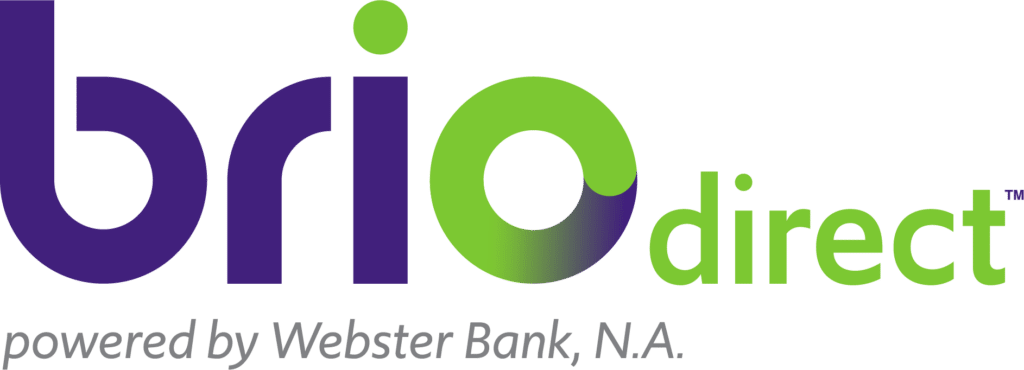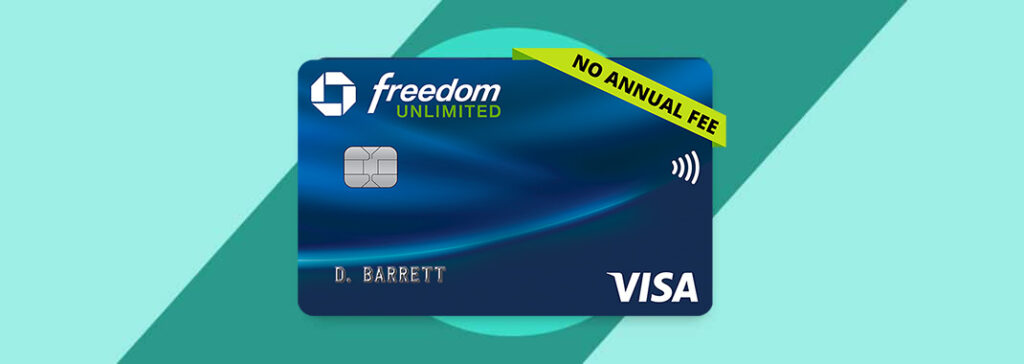Most products on this page are from partners who may compensate us. This may influence which products we write about and where and how they appear on the page. However, opinions expressed here are the author's alone, not those of any bank, credit card issuer, airline or hotel chain. Non-Monetized. The information related to Chase credit cards was collected by Slickdeals and has not been reviewed or provided by the issuer of these products. Product details may vary. Please see issuer website for current information. Slickdeals does not receive commission for these products/cards.
Building an emergency fund for unexpected expenses can be a great way to protect yourself from future financial problems. Whether you're facing an illness, a job loss, a large repair bill or a global pandemic, adequate savings could be what prevents you from falling into debt.
Many financial experts recommend saving three to six months' worth of expenses in an emergency fund. If you work as a freelancer or in a high-risk industry, you might want to have 12 months of expenses tucked away. But it's OK to start smaller and build up your savings over time.
You also need to avoid dipping into this fund for nonemergencies. And one way to do that is to stash your emergency savings in a separate bank account. Here are the main benefits of setting up a separate emergency savings account.

1. You Could Earn More Interest
There's nothing wrong with keeping your emergency fund in a savings account attached to your primary checking account. But depending on where you bank, moving your savings to a high-yield savings or money market account) might help your money grow at a faster rate.
The average annual percentage yield (APY) is the rate you can earn on your money over a year and it includes compound interest. Currently, APY on savings accounts in the U.S. is 0.46% according to the FDIC (April 2024). By comparison, some high-yield savings accounts offer APYs of 4.50% or higher if you meet certain balance requirements.
Let's say you have $10,000 in your emergency fund. Here's an example of the earning potential you might get with a high-yield savings account:
- In an account that earns 0.30% APY, you would have $10,030 after a year (assuming no additional deposits or withdrawals occur during that time).
- Putting your $10,000 into a high-yield savings account that earns 4.00% could help you end the next 12 months with $10,400.
- If you opened a new savings account and qualified for a new bank bonus, you could potentially earn even more interest on your emergency savings.
 Related Article
Related Article
5 Best Business Bank Account Bonuses and Promotions (2025)
2. You Might Avoid Temptation
Keeping your savings in an account at a different bank might reduce the chances of you spending that cash on a whim. With your emergency fund at a separate bank, you won't see those funds as available when you check the balance on your main checking account. (Think out of sight, out of mind.)
Plus, your high-yield savings or money market account might require you to transfer the funds back to your checking to spend them. If that's the case, the extra step could give you time to rethink the situation and overcome the temptation to access those funds for nonemergency purposes.
3. You Can Use Your Money When You Need It
When you open a separate account for emergency savings, you may be able to find an online bank with an electronic funds transfer process that's easy to manage. Some banks might even allow you to schedule automatic, recurring transfers that correspond with each paycheck you receive (or however you want to schedule your automatic savings plan).
On the flip side, it can be just as easy to transfer funds back out of that savings account if an unexpected expense does arise. After all, it's important to have fast access to your savings in the event of an emergency. Keeping your emergency fund in a retirement account, a brokerage account or even a certificate of deposit (CD), on the other hand, might not be ideal if you need to make a quick and unanticipated withdrawal.
How to Pick a Savings Account for Your Emergency Fund
There's no such thing as a perfect bank account, but it's possible to find a bank account with benefits that you value. When you compare bank accounts, pay attention to the features that matter most to you. You may want to review APYs, fees, new customer bonuses, financial tools and more.
Below are a few bank accounts you might want to consider as a home for your emergency fund:
Recommended High-Yield Savings Accounts
| Bank Account | APY | Minimum Deposit | Learn More |
|---|---|---|---|
|
| 4.00%
*Annual Percentage Yield (APY) is variable and is accurate as of 11/19/2025. Rate is subject to certain terms and conditions. You must deposit at least $5,000 to open your account and maintain $25 to earn the disclosed APY. Rate and APY may change at any time. Fees may reduce earnings. | $5,000 | Open Account |
|
| Up to 4.31%
Earn up to 4.31% APY on savings, and 0.51% APY on checking when you meet requirements. | N/A | Open Account |
|
Member FDIC | 0.50% - 3.60%
SoFi members with Eligible Direct Deposit can earn 3.60% annual percentage yield (APY) on savings balances (including Vaults) and 0.50% APY on checking balances. There is no minimum Eligible Direct Deposit amount required to qualify for the 3.60% APY for savings (including Vaults). Members without Eligible Direct Deposit will earn 1.00% APY on savings balances (including Vaults) and 0.50% APY on checking balances. Interest rates are variable and subject to change at any time. These rates are current as of 11/12/25. There is no minimum balance requirement. Fees may reduce earnings. Additional information can be found at http://www.sofi.com/legal/banking-rate-sheet. Annual percentage yield (APY) is variable and subject to change at any time. Rates are current as of 11/12/25. There is no minimum balance requirement. Fees may reduce earnings. Additional rates and information can be found at https://www.sofi.com/legal/banking-rate-sheet | N/A | Open Account |
|
| 3.75%
Platinum Savings is a tiered interest rate account. Interest is paid on the entire account balance based on the interest rate and APY in effect that day for the balance tier associated with the end-of day account balance. *APYs — Annual Percentage Yields are accurate as of November 20, 2025: 0.25% APY on balances of $0.01 to $4,999.99; 3.75% APY on balances of $5,000.00 or more. Interest Rates for the Platinum Savings account are variable and may change at any time without notice. The minimum to open a Platinum Savings account is $100. | $100 | Open Account |
CIT Disclosures
For a complete list of account details and fees, see our Personal Account disclosures.
Platinum Savings is a tiered interest rate account. Interest is paid on the entire account balance based on the interest rate and APY in effect that day for the balance tier associated with the end-of day account balance.
*APYs — Annual Percentage Yields are accurate as of November 20, 2025: 0.25% APY on balances of $0.01 to $4,999.99; 3.75% APY on balances of $5,000.00 or more. Interest Rates for the Platinum Savings account are variable and may change at any time without notice. The minimum to open a Platinum Savings account is $100.
Tips for Building an Emergency Fund

Establishing an emergency fund is an important financial milestone. But if you're starting from scratch (or you're out of the practice of saving money), it can be difficult to know where to begin. The following tips may help:
- Start with a budget: When you create a budget, you'll have a plan for how you want to spend your money. Even if you're in debt, consider saving a little each week or month. Better yet, automate your savings. It's important to get in the habit of saving some of the money, and if you can cut expenses, you could free up more cash to deposit into your emergency fund.
- Pay down debt: Working to eliminate your debt may seem like it would make it harder to save money. But if you can get rid of some of your debt—especially high-interest credit card debt—you'll free up more in the long run for emergency savings.
- Set goals: Eventually, you want an emergency fund that equals three to 12 months of your expenses. But it may be helpful to set smaller savings goals along the way. When you reach your first savings goal—say $1,000—celebrate your success and set the next milestone.















